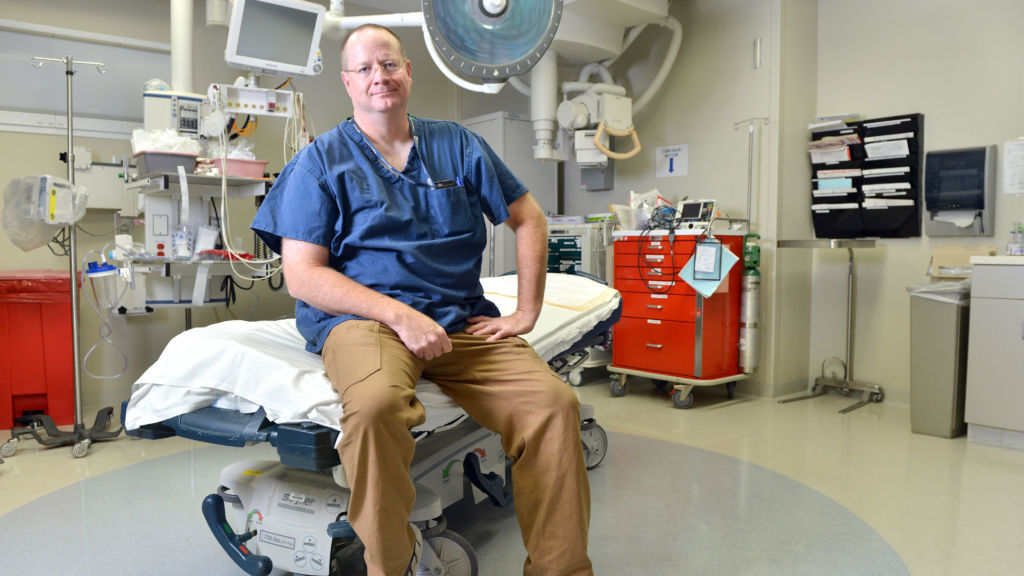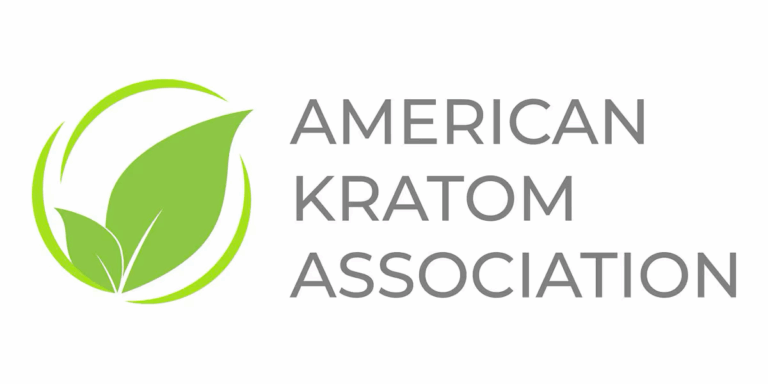Science Interrupted: Researchers Say Kratom Ban will Hinder Studies of the Plant for Treating Pain or Addictio

To study how kratom works in the brain, Andrew Kruegel simply ordered the plant online. In the chemistry lab where he works at Columbia University, he boiled it in methanol, concentrating it down to something unrecognizable.
By using fluorescent molecules to watch the proteins in action, Kruegel’s team could see that the main components of kratom extract mostly stimulated the painkilling response, but didn’t have as much of an effect on the proteins that caused the side effects. They published their results this past March. The researchers still need to repeat these experiments in mice, and then in humans, before they could claim that they have used kratom to create an opioid-like painkiller without as many risky side effects.
They may have reason to be cautiously optimistic — but the DEA’s announcement to make kratom as illegal as heroin and LSD has dampened their enthusiasm.
“I think it’s shortsighted, and I’m not pleased with it, because it’s certainly going to hinder our research to a dramatic degree,” said Kruegel.
Susruta Majumdar, a researcher at Memorial Sloan Kettering Cancer Center who has been working on kratom-based chemicals, is also worried about getting the building blocks he needs to continue his research.
“What we are going after is a non-morphine-like opioid, which would still exhibit morphine-like analgesia, but would not be addictive,” he said.
Just days after the DEA announced that it would ban kratom, Majumdar published a study in mice, showing that chemicals isolated from the plant and then modified in the lab could not only weaken pain without causing severe side effects, but also seemed to be less addictive than many opioids currently being prescribed.
DEA spokesperson Russ Baer, however, said that his agency supports research. “As is the case with any controlled substance, DEA will implement aggregate production quotas for Kratom and make available an adequate and uninterrupted supply of research grade material to accommodate valid scientists and researchers,”




